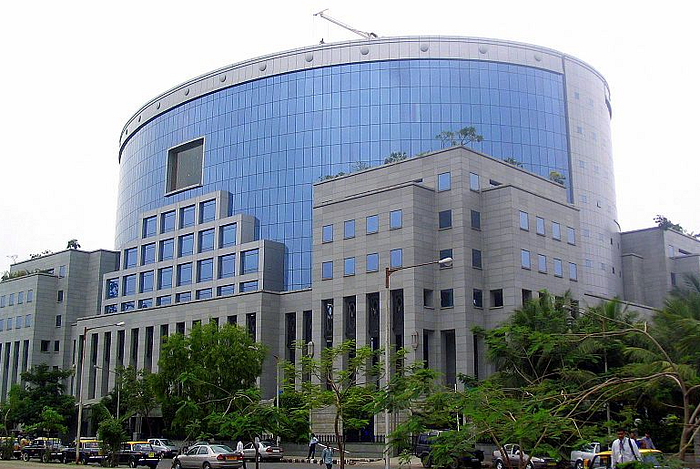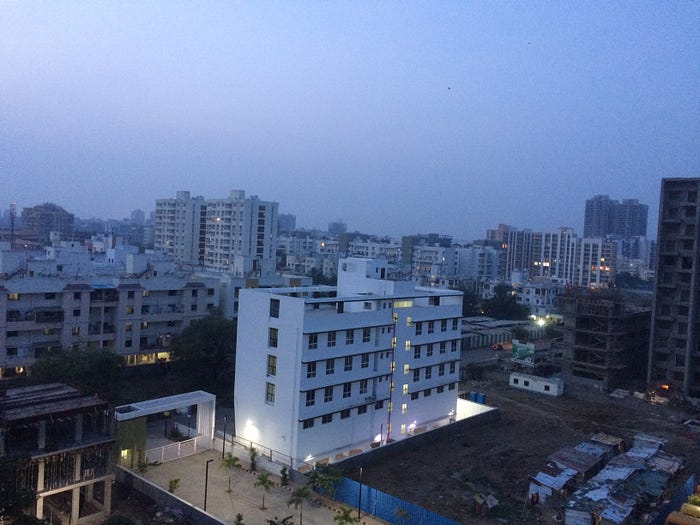
The construction industry encompasses a diverse array of projects, each tailored to specific functions and requirements. Understanding the various types of construction projects and their key differences is essential for stakeholders to ensure successful planning, execution, and management.
1. Residential Construction
This sector focuses on building structures intended for habitation. It includes single-family homes, multi-family units, apartments, and townhouses.
The primary objective is to provide safe, comfortable, and aesthetically pleasing living spaces. Projects in this category often involve considerations such as local zoning laws, community needs, and environmental factors.
2. Commercial Construction
Commercial construction pertains to projects that serve business purposes. This includes office buildings, retail centres, hotels, and restaurants.
Such projects are typically larger in scale compared to residential constructions and require adherence to specific building codes and regulations to accommodate public access and high traffic. The design and functionality are centred around business operations and customer engagement.
3. Industrial Construction
This type involves the construction of facilities for manufacturing, processing, and distribution. Examples include factories, power plants, refineries, and warehouses.
Industrial projects are often complex, requiring specialised knowledge due to the integration of heavy machinery, complex systems, and stringent safety standards. The focus is on durability, efficiency, and compliance with industry-specific regulations.
4. Infrastructure (Heavy Civil) Construction
Infrastructure construction, also known as heavy civil construction, encompasses large-scale public works that support societal functions. This includes roads, bridges, tunnels, railways, airports, and water treatment facilities.
These projects are typically funded by government entities and are crucial for public welfare and economic development. They require extensive planning, significant investment, and coordination among various stakeholders.
5. Institutional Construction
Institutional construction covers projects related to institutions such as schools, hospitals, religious buildings, and government facilities.
These structures often have specific requirements to serve their unique purposes, including accessibility features, specialised rooms, and security measures. The design and construction must align with the institution’s mission and comply with relevant regulations.
6. Mixed-Use Construction
Mixed-use construction involves projects that combine multiple functions within a single development. For example, a building may house residential units, commercial spaces, and recreational facilities.
This approach maximises land use efficiency and fosters vibrant communities by integrating various aspects of daily life. Such projects require careful planning to ensure the harmonious coexistence of different functions and compliance with diverse regulatory standards.
Key Differences Among Construction Types
- Purpose and Functionality: Each construction type serves a distinct purpose, from providing living spaces in residential construction to facilitating manufacturing processes in industrial construction.
- Scale and Complexity: Projects vary in size and complexity, with infrastructure and industrial constructions typically being more extensive and intricate compared to residential projects.
- Regulatory Requirements: Different construction types are subject to varying building codes, safety standards, and compliance obligations tailored to their specific functions and the populations they serve.
- Stakeholders and Funding: The stakeholders involved and the funding sources differ, with public entities often funding infrastructure projects, while private developers handle residential and commercial constructions.
Understanding these distinctions is crucial for effective project management, ensuring that each construction project meets its intended purpose, adheres to relevant regulations, and is completed efficiently.




